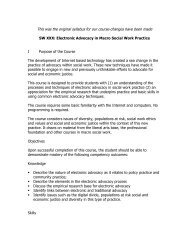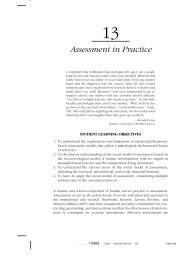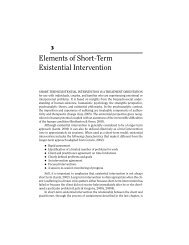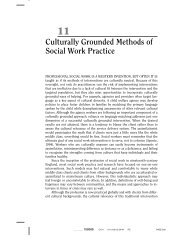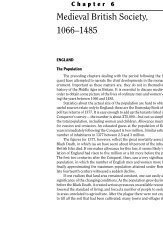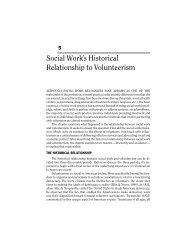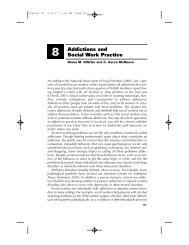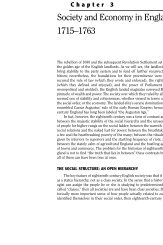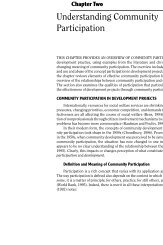TYPES OF LEARNERS Visual Learners Auditory ... - Lyceum Books
TYPES OF LEARNERS Visual Learners Auditory ... - Lyceum Books
TYPES OF LEARNERS Visual Learners Auditory ... - Lyceum Books
You also want an ePaper? Increase the reach of your titles
YUMPU automatically turns print PDFs into web optimized ePapers that Google loves.
Part I: Teaching and Learning Stylesminutes. Children who watched Sesame Street are now adults who wanttheir information in short and quick forms. The average adult attention spanis between six and twenty minutes, but this varies greatly depending on factorssuch as the initial interest in the topic, the heat of the room, the time ofday, and the energy level of the learner (Johnstone & Percival, 1976;Middendorf & Kalish, 1996). A change of pace at least every seven to tenminutes can give participants the chance to refocus and renew their interestin the topic (Jones, Peters, & Shields, 2007). Thus it is important that thepace of the teaching correspond to the attention span of the learners.For teachers who are more comfortable with the lecture-only teachingstyle and learners who are more comfortable with passive learning, groupinvolvement and active participation may seem problematic. Instructorsmay feel that they lose control of the class when they allow exercises todominate classroom time. <strong>Learners</strong> may feel they would be learning moreif they could get the information through lecture or readings. As teachers,we must remember that learners are capable of cognitively understandinga great deal of information, but they can only retain segments and willonly experience a value change based on some of that learning experience.We can increase retention and behavior/value change by utilizingmultiple training styles such as lecture, experiential activities, and smalland large group activities, and by repeating the information throughoutthe session.FACTORS AFFECTING LEARNINGLearning is not an automatic process. There are a number of factors thatcan inhibit the process. These may include one or more of the following:❙ Learner feels he or she is at least as competent in the subjectmatter as the instructor.❙ Learner resents authority figures such as the instructor.❙ Learner is fearful of being seen as inferior or of beingembarrassed.❙ Learner is anxious.❙ Learner has had a bad learning experience in the past.14



